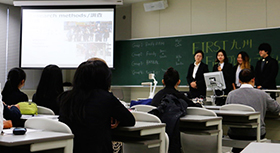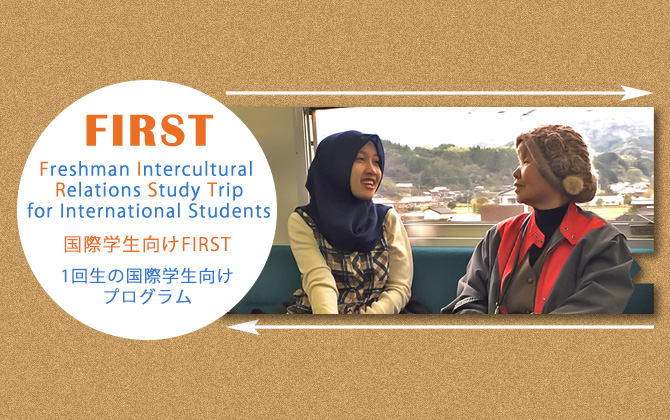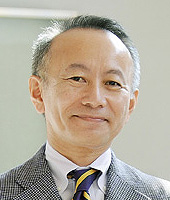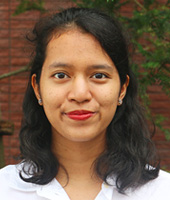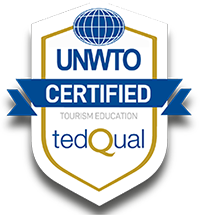The program consists of pre-program sessions, field research, and post-program sessions.
1. Pre-program sessions (one month prior to departure)
Under the guidance of faculty members, students decide their research topics, receive crisis management guidance, and prepare themselves for departure. Each group of students is assigned one senior TA to assist with language and cultural studies. At the pre-program sessions, participants begin by choosing research topics, reserving accommodations, and independently going through the various steps of field research.
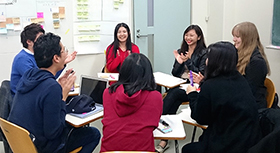
2. Field research (4 days)
Destinations are determined by drawing straws. Armed with a map, a few words of Japanese, and teamwork, the groups set off for their respective destinations.
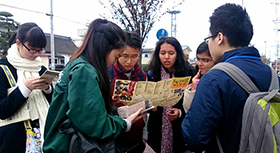
3. At the end of the day
Students look back on the day’s events, share their thoughts and reflections, and prepare for the next day.
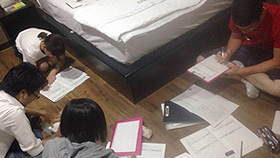
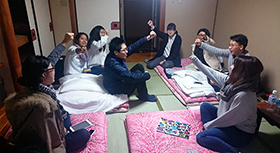
4. Arriving at the target destination
Upon arrival, students begin their research based on the topics decided prior to departure. They will need to approach approximately 200 people to complete their 100-page-plus questionnaires.
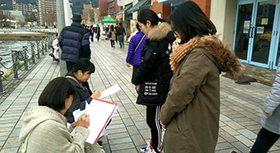
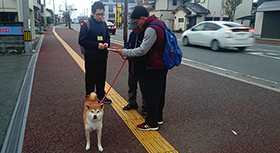
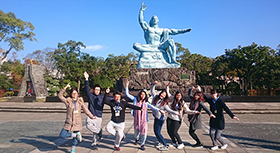
5. Post-program session
Upon returning to APU, students present the results of their research and receive feedback from their professors. By participating in this program, participants can develop intercultural communication skills and discover a direction for their studies at APU.
